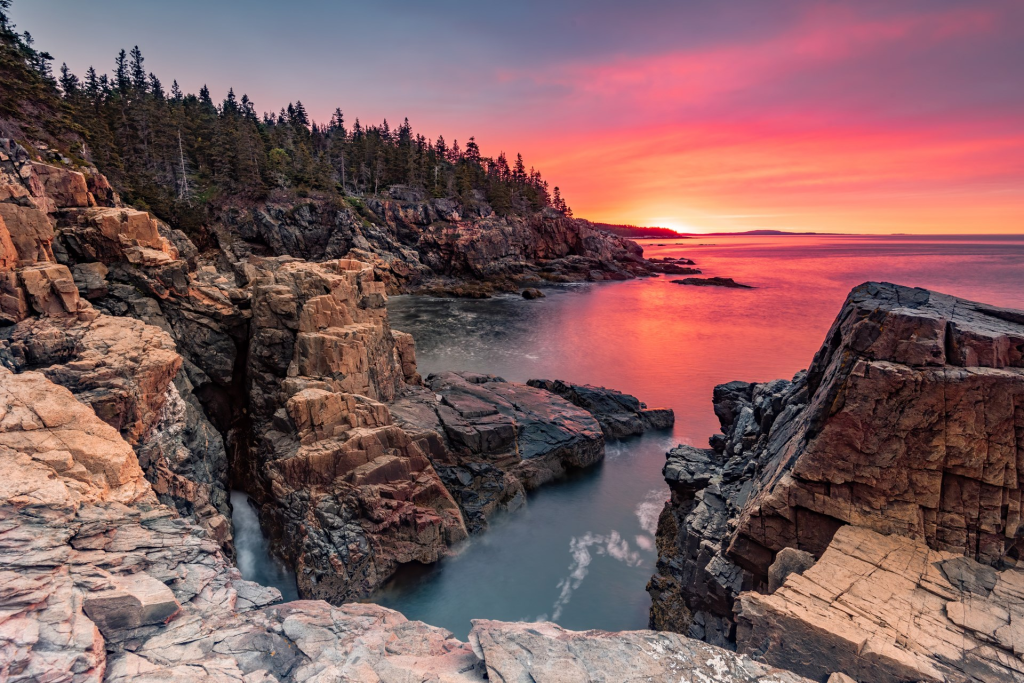The Story of Taranaki’s Legal Personhood
By Cap Puckhaber, Reno, Nevada
I’m Cap Puckhaber, a marketing professional, amateur investor, part-time blogger, and outdoor enthusiast. Today, we break down the amazing spectacle of the Taranaki Volcano in New Zealand. Taranaki, a majestic dormant volcano, sits on the west coast of New Zealand’s North Island and holds profound cultural significance. For instance, Māori people from the Taranaki region have regarded it as an ancestor for centuries.
The Māori know it as Mount Taranaki in English. Moreover, the mountain is a symbol of identity, spirituality, and the ancestral ties they maintain with the land. In a groundbreaking decision, the New Zealand Parliament passed a historic law that granted Taranaki legal personhood. This was a first for any mountain in the country. This landmark move, therefore, enables the mountain to “own itself.” Consequently, this decision has far-reaching implications for the country’s relationship with its indigenous heritage. It also impacts global conversations on protecting natural landmarks.
A Deep Connection to the Māori People
The Māori people’s connection to Taranaki roots itself deeply in their cosmology and history. In fact, their stories say the mountain is the son of the primordial sky father, Ranginui, and earth mother, Papatuanuku. The Māori consider Taranaki an ancestor. Consequently, the surrounding land is central to their cultural practices and identity. For many Māori, the mountain is not just a natural feature. Instead, it is a living, breathing entity that holds their ancestors’ spirits.
This spiritual relationship becomes clear through the Māori tradition of whakapapa. This concept of genealogy connects people to the land and its features. They believe people should not simply own or use the land. Rather, people must respect and nurture it. Therefore, Taranaki’s legal personhood acknowledges this spiritual and cultural significance. This recognition affirms the mountain’s identity is deeply intertwined with the Māori.
The Legal Personhood of Taranaki
In 2020, New Zealand passed a law recognizing Mount Taranaki as a legal entity. This status gives it rights and responsibilities similar to a corporation or person. This move follows the earlier legal recognition of the Whanganui River. The government granted it personhood status in 2017. The law’s significance is immense. Specifically, it grants the mountain the ability to represent itself in legal matters. This power ensures its protection and preservation for future generations.
The decision not only affirms the Māori people’s relationship with the land. It also challenges traditional Western ideas of ownership. Ultimately, it suggests a more symbiotic approach to nature. Under the law, the New Zealand government and local authorities must consult the mountain. They must treat it as a “legal person” when making decisions that affect it. This process ensures they consider Taranaki’s welfare in any environmental or development policies. This represents a major shift in how legal terms view nature. Furthermore, it marks a profound moment of respect for indigenous cultural practices and environmental stewardship.
A Parallel to Denali’s Name Change
This monumental shift in New Zealand parallels a contentious U.S. issue. This issue was the name change of Mount McKinley to Denali. In 2015, President Obama officially renamed the peak Denali. The indigenous Koyukon people have used this title for centuries. The name “Denali” means “the high one” in the Koyukon language. This name reflects the mountain’s deep cultural significance to the region’s indigenous groups.
However, the decision to rename the mountain met opposition. Some people saw the name change as an erasure of historical legacy. After all, the peak previously honored President William McKinley. Under President Trump, the issue of renaming Denali became politicized. His administration even reversed the decision. Despite this, many people continue to use the name Denali. This is particularly true within Alaska. There, the Koyukon people and others continue to advocate for their indigenous heritage and naming rights.
Clearly, both Taranaki and Denali highlight the intersection of indigenous rights, cultural identity, and environmental stewardship. While the processes differ, the underlying principle remains the same. This principle is a recognition of the deep, spiritual connection indigenous peoples have with their natural surroundings. Taranaki’s legal personhood signals a broader movement. This movement honors the cultural significance of land and natural features. In turn, this challenges the Western concept of ownership and asserts a more holistic view of environmental protection.
Conclusion
In short, the legal recognition of Taranaki as a living, breathing entity exemplifies a powerful reconciliation. It blends indigenous culture with contemporary environmental practices. Just as the Koyukon people fought for Denali’s name to reflect their cultural heritage, the Māori have shown the world true respect. They demonstrate what respect for the land and nature can look like. These actions are steps toward more inclusive, culturally aware practices. Ultimately, they recognize the rightful relationship indigenous peoples have with the land. This recognition offers us all an opportunity to rethink our connection to the earth.
Frequently Asked Questions
1. What does it mean for Mount Taranaki to have legal personhood?
Legal personhood means the mountain is recognized in law as a legal entity, similar to a person or a corporation. It has its own set of rights and responsibilities. This status allows legal representatives to act on the mountain’s behalf, ensuring its voice is heard and its welfare is protected in all decisions regarding its environment and future.
2. Why is Taranaki so significant to the Māori people?
For the local Māori, Taranaki is not just a mountain; it is a tūpuna, or ancestor. It is considered a living entity that holds the spirits of their forebears. Its identity is deeply woven into their whakapapa (genealogy) and cosmology, connecting them directly to the land as a relative that must be respected and nurtured, not a resource to be owned.
3. How does Taranaki’s status compare to the Denali name change?
Both cases represent a significant acknowledgment of indigenous rights and cultural connections to land. Taranaki’s case involves a legal shift, granting the mountain rights. The Denali case involved an administrative shift, restoring its indigenous name (“the high one”) and rejecting a colonial name (Mount McKinley). While the methods differ, both actions formally recognize the deep, long-standing relationship between indigenous peoples and their ancestral lands.
4. Is Taranaki the only natural feature with these rights?
No, it is not the first in New Zealand. The Whanganui River was granted similar legal personhood status in 2017. These actions are part of a growing global “Rights of Nature” movement, which advocates for ecosystems and natural landmarks to have inherent legal rights, just as humans do.
About the author
Cap Puckhaber is a marketing strategist, finance writer, and outdoor enthusiast. He writes across CapPuckhaber.com, TheHikingAdventures.com, SimpleFinanceBlog.com, and BlackDiamondMarketingSolutions.com. Follow him for honest, real-world advice backed by 20+ years of experience.
A Hiker’s Guide to Active Volcanoes
The War Against the Privatization of Public Land
Hiking and Backpacking Blog Posts

Join our Mailing List
Sign up with us now and be the first one to know about our exclusive offers and product updates.
By submitting your information, you`re giving us permission to email you. You may unsubscribe at any time.
Follow Cap Puckhaber on Social Media


About the Author: Cap Puckhaber
Backpacker, Marketer, Investor, Blogger, Husband, Dog-Dad, Golfer, Snowboarder
Cap Puckhaber is a marketing strategist, finance writer, and outdoor enthusiast from Reno, Nevada. He writes across CapPuckhaber.com, TheHikingAdventures.com, SimpleFinanceBlog.com, and BlackDiamondMarketingSolutions.com.
Follow him for honest, real-world advice backed by 20+ years of experience.





